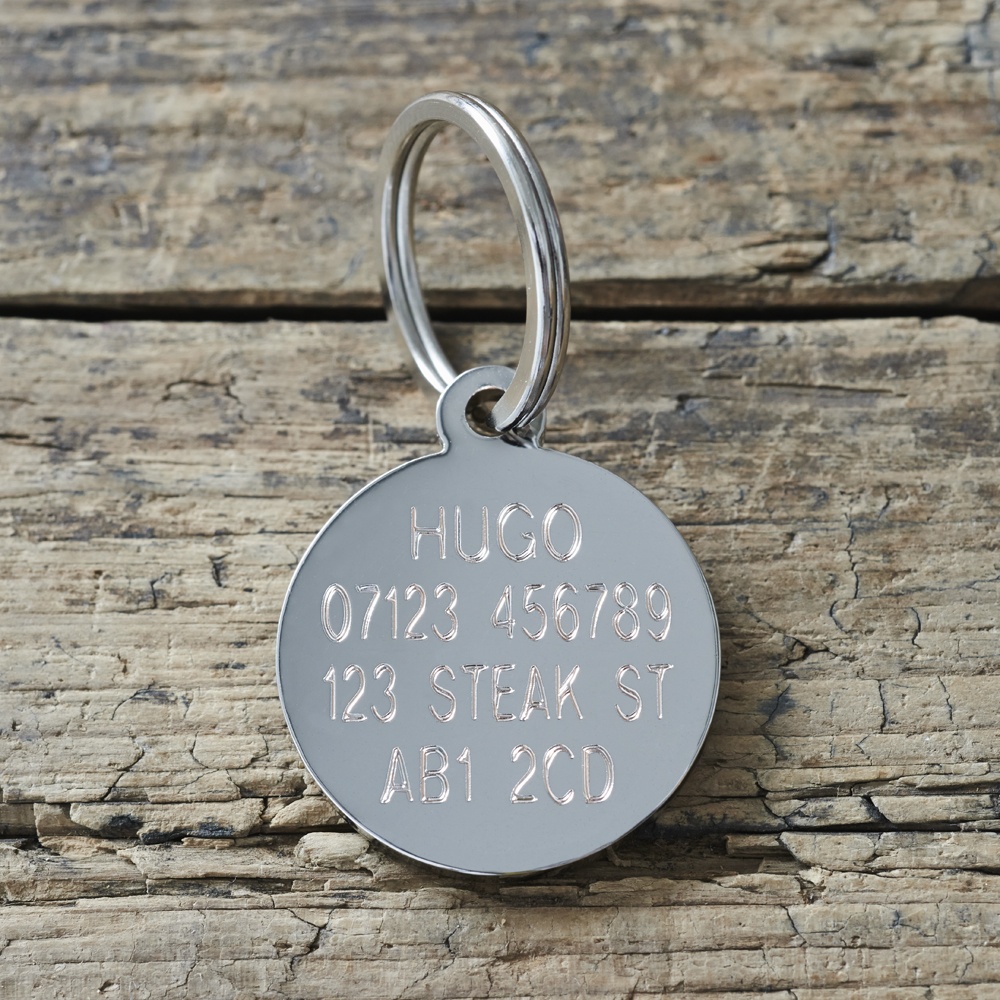

This one is rather obvious, especially if your dog responds to his or her name. Here are some of the things you should consider adding to the tag: The Name of Your Pet So you have a small amount of surface space and a lot of information that you need to include. Dog tags are small for a reason, since they need to go around your pet's neck without hindering movement, causing injury, or annoying your pup to the point of an attempted removal through chewing, biting, or scratching at the tag. A big challenge here is fitting all of the most important information inside a limited amount of space. When it comes to the information on a dog tag, focus on the essentials. What Information Should Be on a Dog ID Tag? The faster you can let people know that your pet needs assistance, the faster your pet can be brought home safely. A stranger or passerby who sees your dog may not realize the animal is missing and could dismiss it as a stray.ĭog tags are a quick and dependable indicator to others that the dog roaming loose on the streets has wandered away from home. Another effective and very popular method is microchipping, but while this is a much more technologically-advanced option it still has some disadvantages. Securing a personalized pet tag to the collar of your pet is still the most reliable form of bringing your dog home should they get out and run away. There are a few ways to ensure a quick reunion with your best buddy, but the oldest and best is the use of dog tags.

But no matter how much we care for our pets, they can still end up lost from time to time, and when that happens you want to have a fail-safe method for bringing them home as fast as possible.

Keeping your four-legged friend safe and healthy means providing them with a loving home, good food, plenty of water, and lots of exercise.


 0 kommentar(er)
0 kommentar(er)
